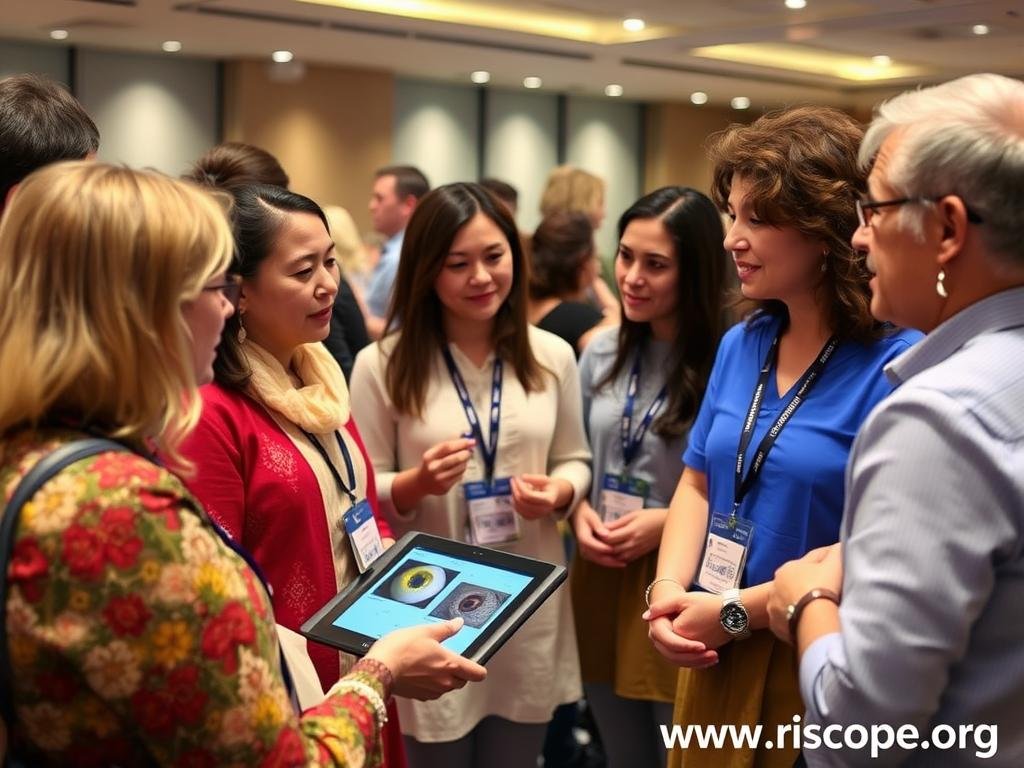Why We Do What We Do
Children are the barometer for the family, reflecting the overall health and harmony within the family tree. Because our children are the furthest point downstream in the family lineage, they automatically inherit the unresolved pain, as well as the gifts from their mother, father and previous generations.
The solutions to addressing challenges in our children, such as ADD, ADHD, difficulties with learning, and sleep disorders, to name a few, are held within the family tree. In fact, all imbalances in the human body have components found within our genealogy, if you know where and what to look for. Have you ever wondered what happens when your violent, abusive, alcoholic paternal grandfather dies, or the implications of your mother who fought with her mother who fought with her mother? The spirit of these behaviors is passed to the next generation, and unless these issues are consciously addressed, they are handed down to the next generation. These energies snowball and build momentum, eventually causing physical disease and conditions that manifest in our present and future generations. Left unresolved, the present and future generations will repeat the patterns of the past.
When parents are willing to see their children as the reflection of their own childhood challenges and pain, they take the first step in healing themselves, their children, and previous generations. This is a quantum shift in awareness from the old paradigm that identifies “the children” as the problem. The result is an improved quality in the parents’ lives and expanded love in their marriage, which benefits their entire family. These benefits extend to the past as well as unborn generations.






























